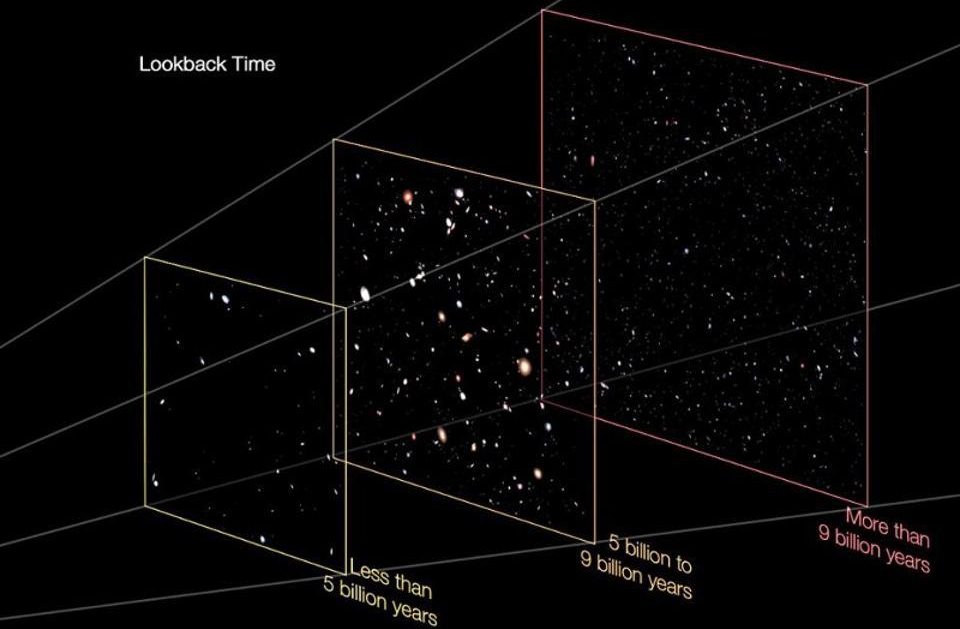Creating Sustainable Cities
Why the urban model of widely separated high-rise towers in single-use residential districts—the “tower-in-a-park” model invented in the 1920s in Europe—is inefficient.

Sign up for the Smarter Faster newsletter
A weekly newsletter featuring the biggest ideas from the smartest people
What’s the Latest Development?
Dennis Frenchman, a professor in MIT’s Department of Urban Studies and Planning (DUSP), and Christopher Zegras, an associate professor in DUSP, are investigating the relationship between urban form and energy use in China, specifically the city of Jinan.
What’s the Big Idea?
Frencham says that the biggest city-planning challenge facing China faces is to encourage a different form of urbanization than its current design model of widely separated high-rise towers in single-use residential districts. “Our work has shown that this way of living consumes almost twice as much energy as any other form of development, such as, for example, a conventional, mixed-use urban neighborhood on a grid of streets and blocks.”
Sign up for the Smarter Faster newsletter
A weekly newsletter featuring the biggest ideas from the smartest people




